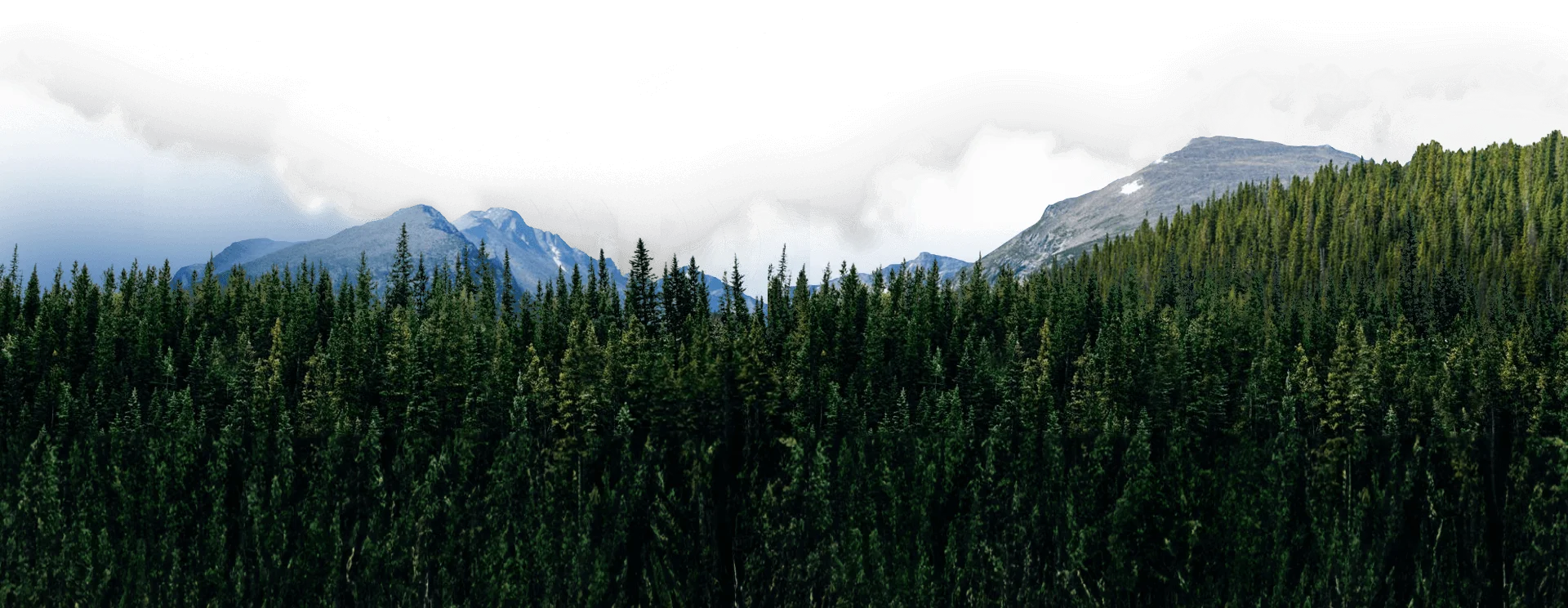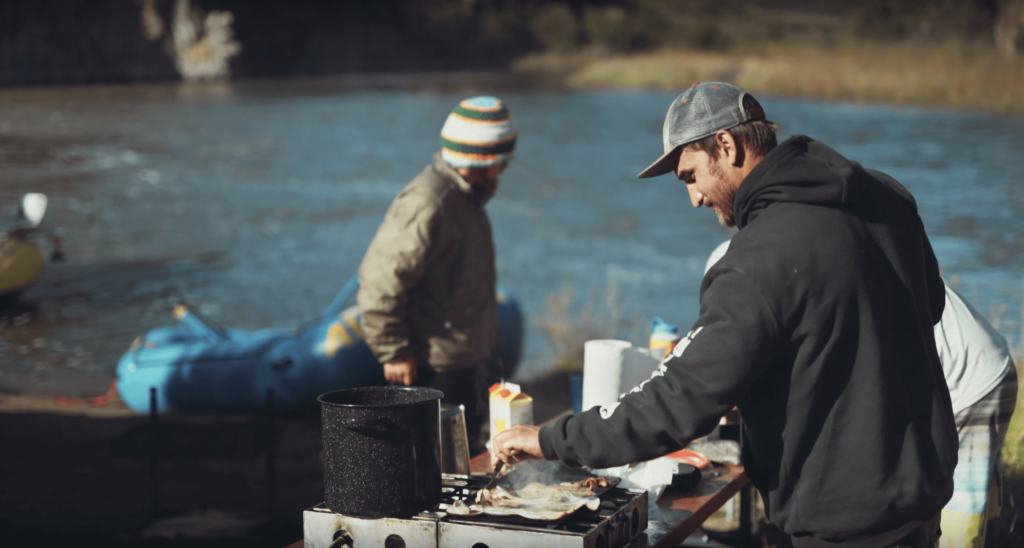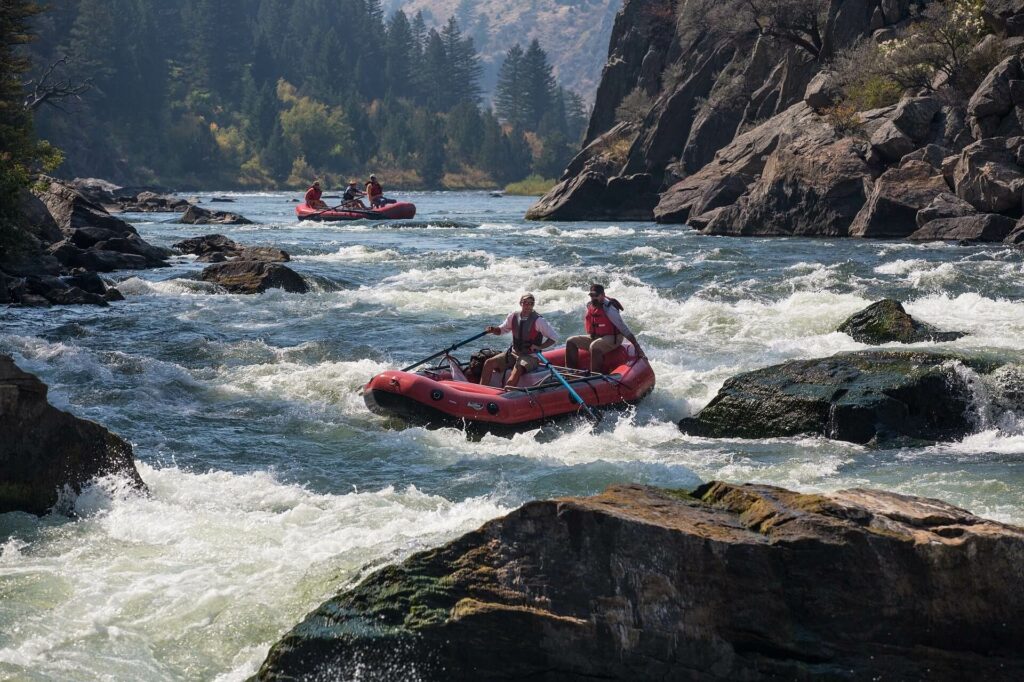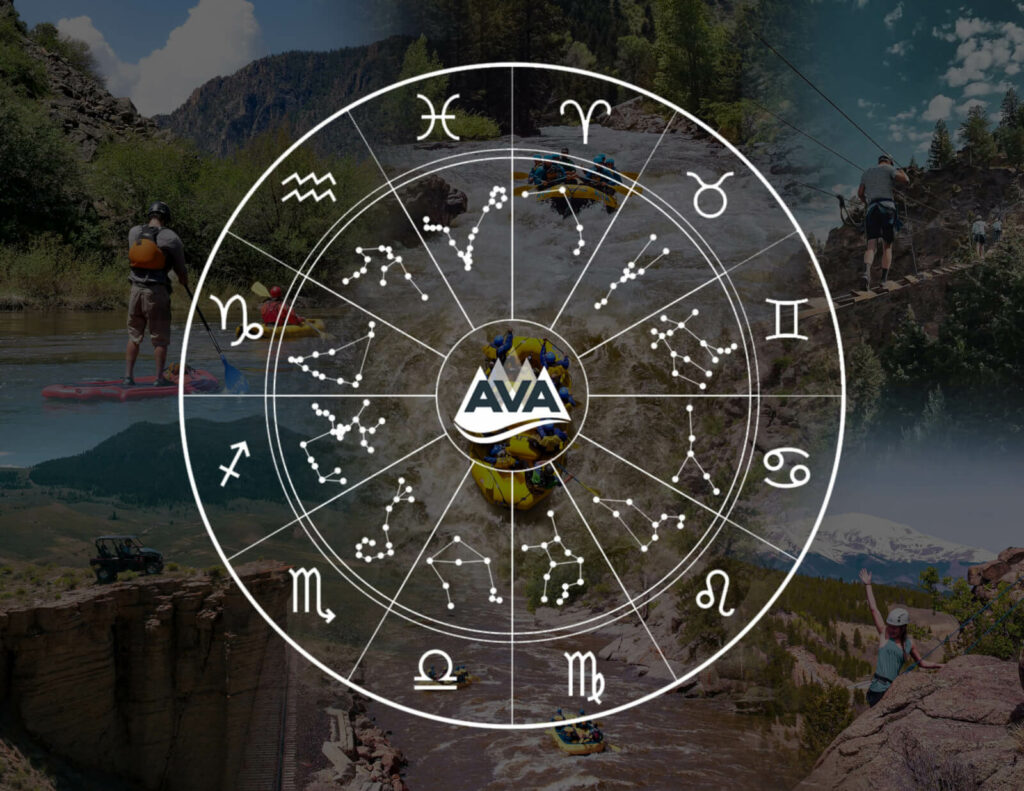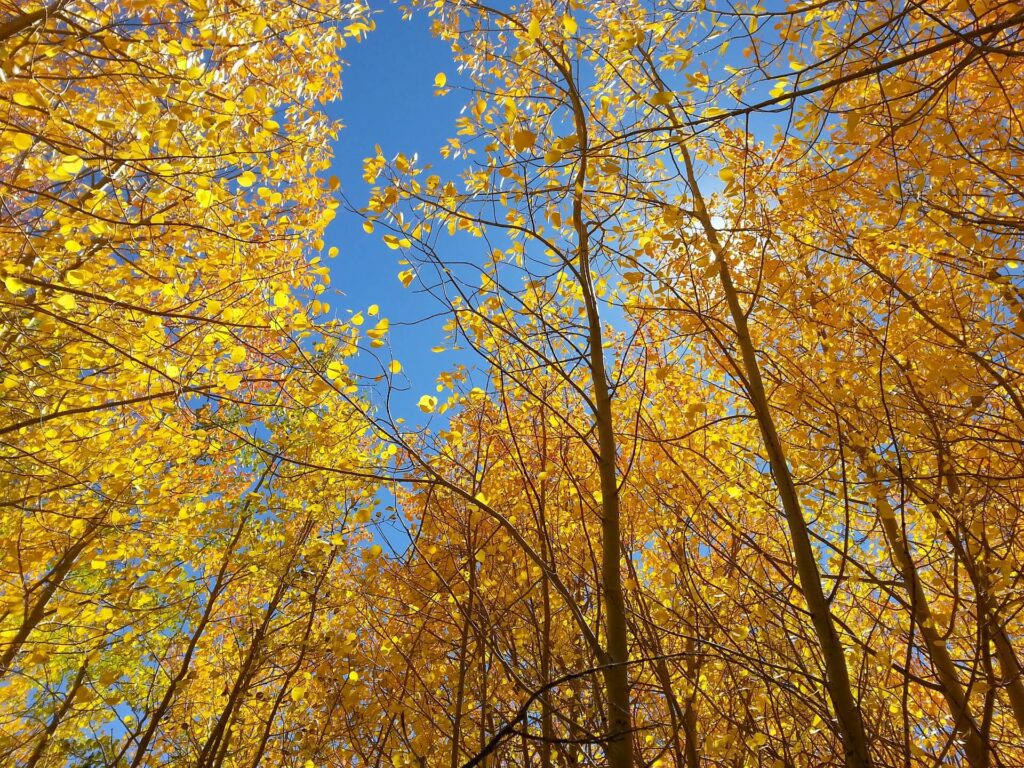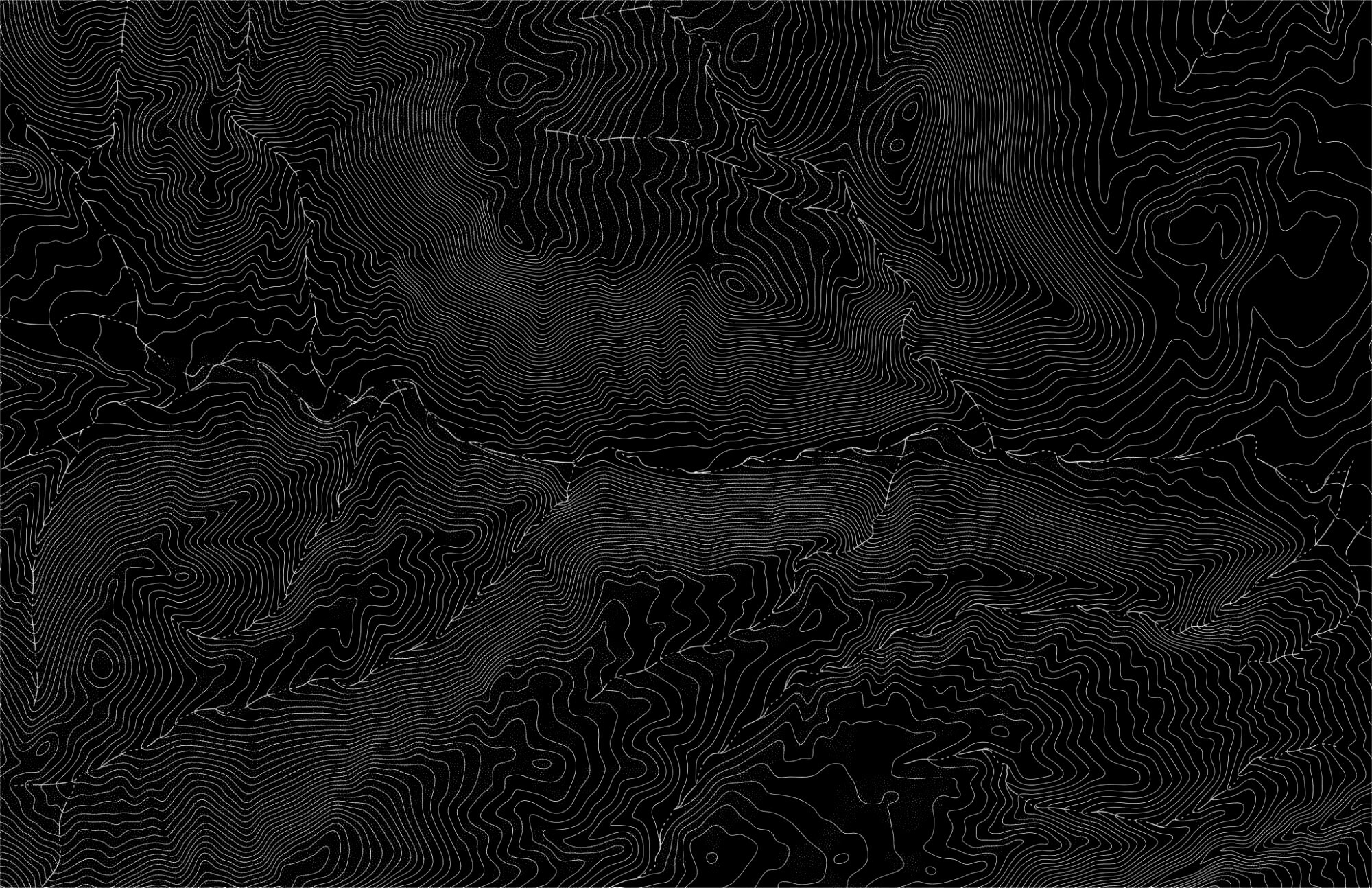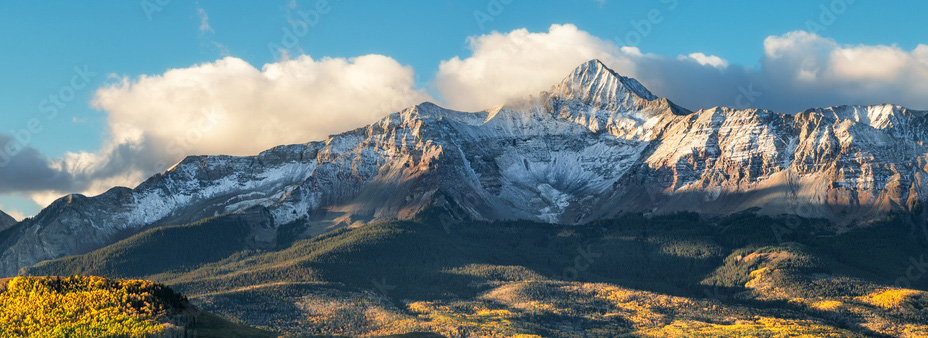From mountains, lakes, and rivers, Colorado offers a plethora of unique opportunities for outdoor exploration. Enjoy an alpine hike, a long drive on backcountry roads, fishing, or beginner through advanced rafting down the best rivers in Colorado. To get your Colorado outdoor adventure started, we’ve compiled a list of the state’s 10 Most Scenic Rivers.
1. Animas River
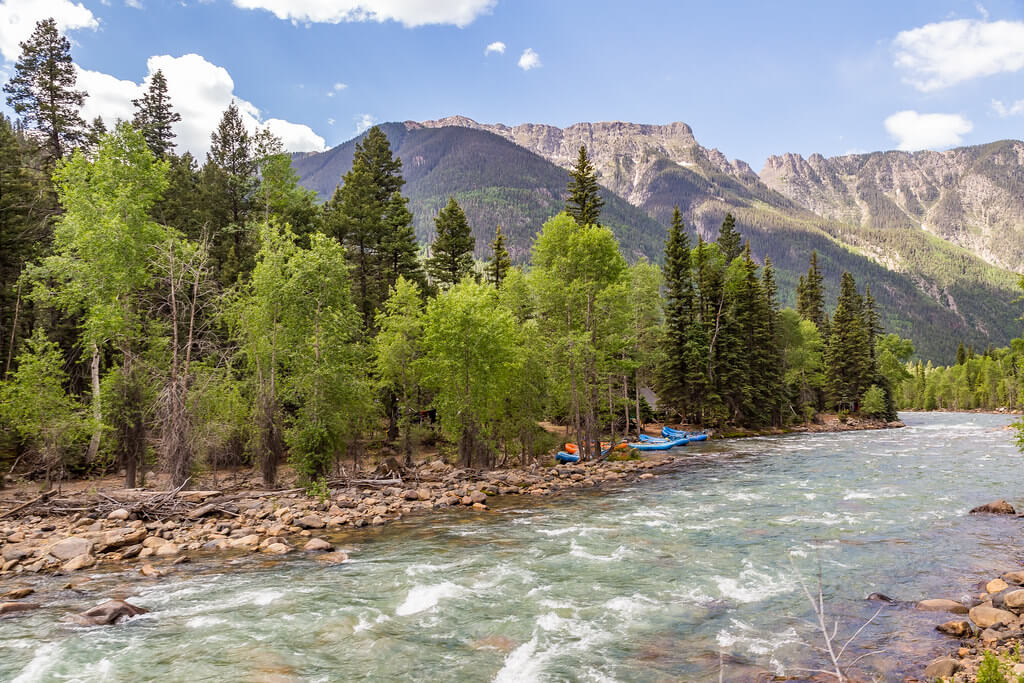
Photo Courtesy of “adifferentbrian”
Located in Durango, CO, the Animas River is 126 miles long and a tributary of the San Juan River. It is surrounded by the San Juan Mountains and follows the Durango and Silverton railroad all the way to New Mexico. This majestic river was once the site of hard-rock mining, and mineral remnants can still be found in its watershed.
Fish species found in the Animas are rainbow trout and brown trout, with other wildlife along the Animas including bald eagles and beavers. Many fishing areas on the Animas are considered Gold Medal waterways, meaning that they attract large amounts of trout, up to 60 per acre. Visiting this river means you’ll enjoy amazing views, beautiful wildlife and fun on the water.
2. Arkansas River
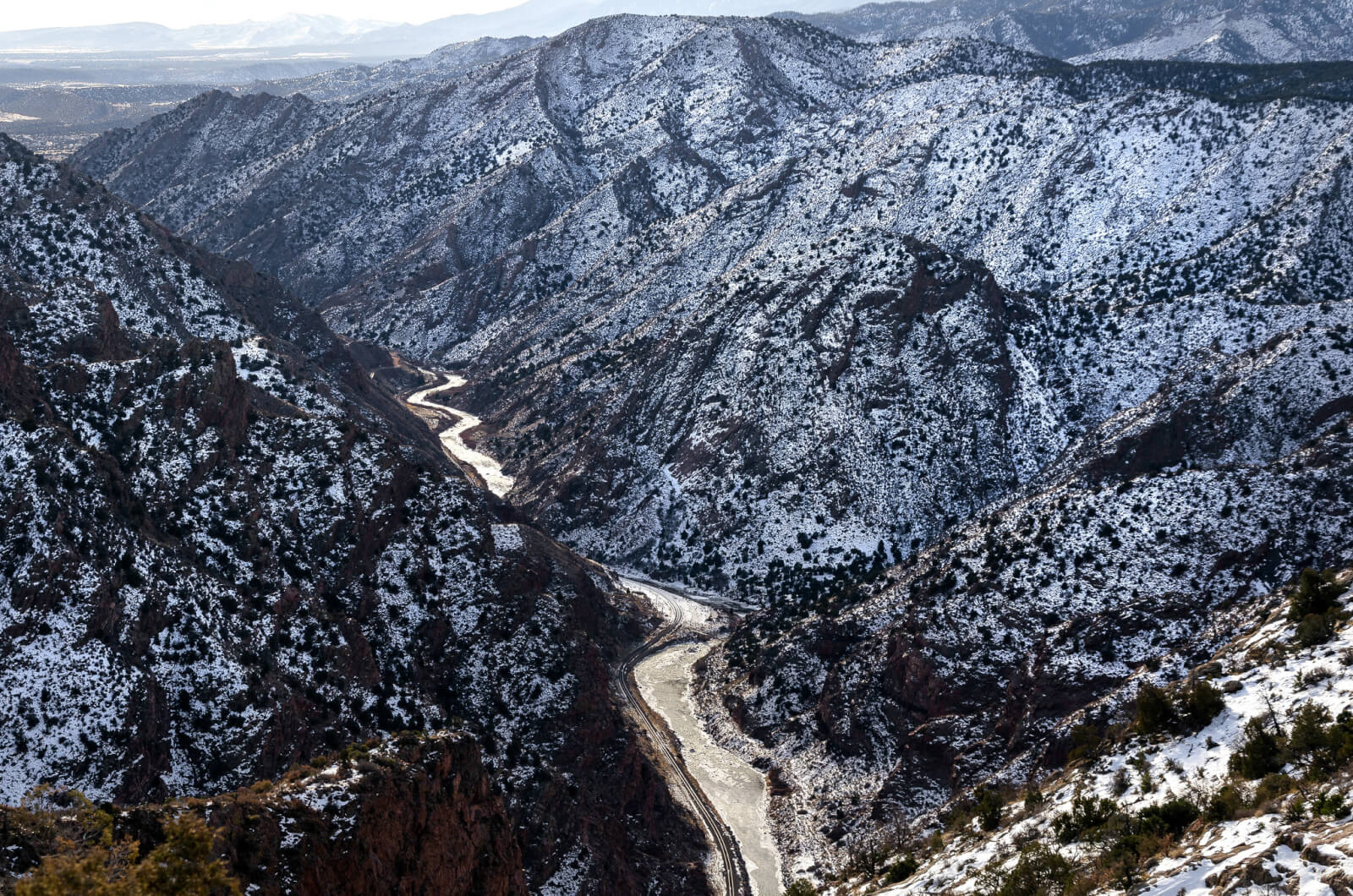
Photo Courtesy of Scrubhiker
The 6th longest river in the US at 1,469 miles long, the Arkansas River begins in the Rocky Mountains by Leadville, CO. It flows through Colorado, Kansas, Oklahoma, and Arkansas until reaching the great Mississippi river. It spans 20,000 acres of canyons, rivers, and forest, meandering through beautiful destinations like Buena Vista and Salida in southern Colorado. This is also one of the most popular white water rafting areas in the United States, with peak season from June through August.
The Arkansas River is also home to Brown’s Canyon National Monument, an area offering some of the most exciting rafting sections to raft on the Arkansas. Our favorite Arkansas River trips include the Numbers and Browns Canyon.
3. Cache La Poudre River
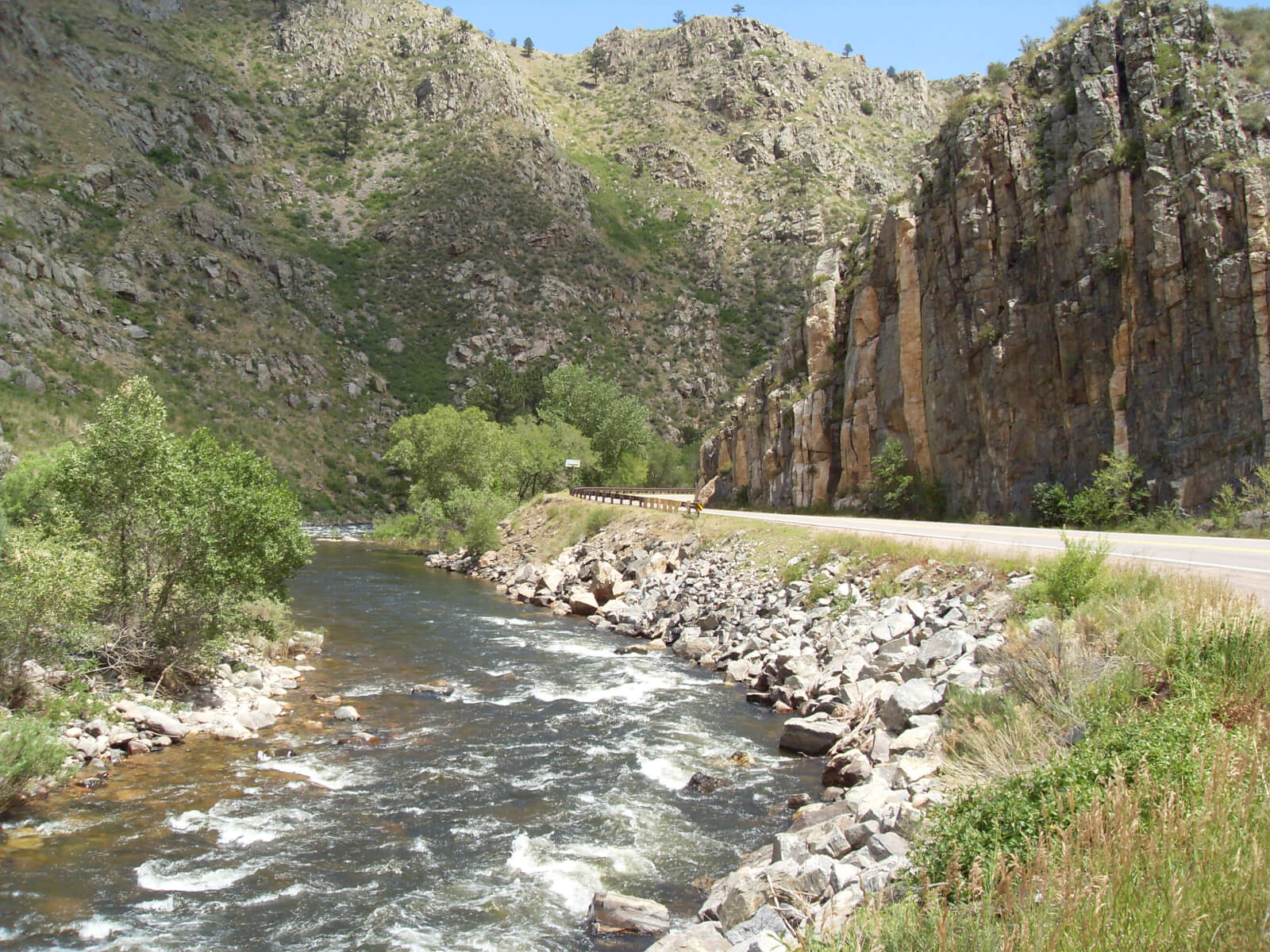
Designated as “Wild and Scenic” the Cache la Poudre River travels 76 miles from within Rocky Mountain National Park along the Continental Divide, through Fort Collins, and into the South Platte River. Of those 76 miles, 30 miles are classified as scenic and the other 46 are for recreational use.
Since this is the closest river to Rocky Mountain National Park, many visitors love to make a rafting trip on the river part of their Colorado experience. Rapids here can range from Class I to Class IV meaning fun for the little ones and those who are looking for the thrill of a lifetime. This river also has an abundance of trout that make it a very popular fly fishing area, attracting people from all over.
4. Colorado River
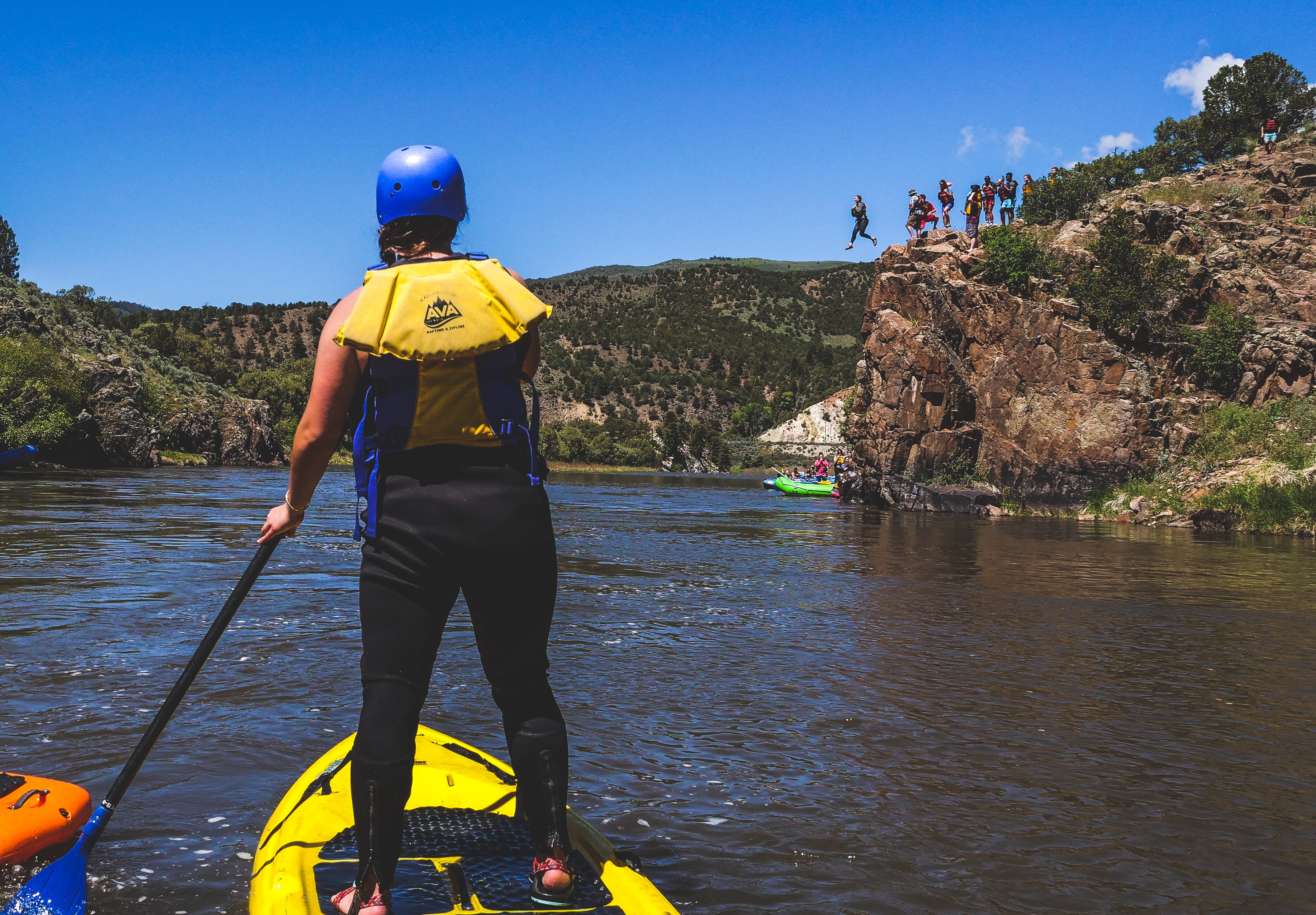
Starting in its namesake state, the head of the Colorado River can be found in the Rocky Mountains. The most iconic of Colorado rivers, it’s 1,450 miles long and flows through seven different states. It is one of the best known rivers in the west, winding through multiple iconic landscapes and 11 national parks, including the Grand Canyon. Finally, the Colorado River ends its journey at the Gulf of California only after supplying water for over 40 million people in America.
The Colorado River serves as a water source for millions of people and remains popular all year long due to its many attractions. Guided trout fishing, white water rafting, and stand up paddle boarding are only some of the many activities found here. Wildlife make this a scenic destination as well with many different types of birds like Bald Eagles and Turkey Vultures and other mammals like Beaver.
5. Yampa River
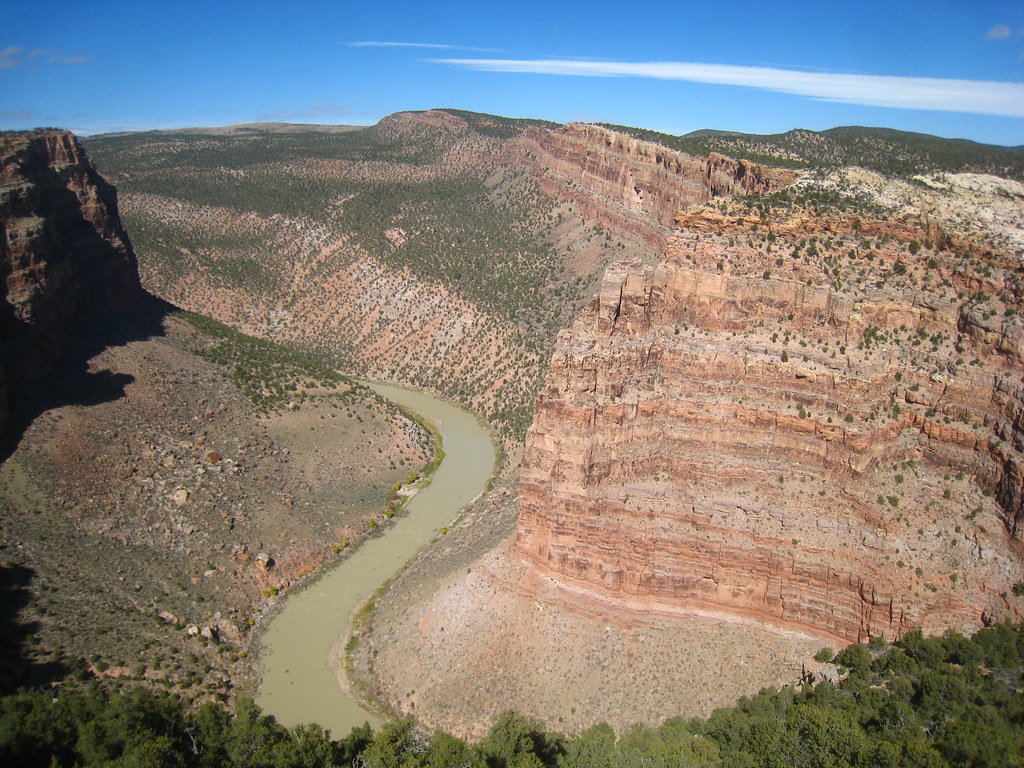
Photo Courtesy of Chris M Morris
The Yampa River is a 300 mile long river that is one of the only free-flowing rivers with little to no dams. It begins near Steamboat Springs, Colorado, a popular ski resort town, running until Dinosaur National Monument, where it flows into the Green River. The Yampa is home to many native fish which have disappeared from other dammed rivers in Colorado like the Colorado Pikeminnow and Razorback sucker.
While unregulated now, this river was almost damned at the mouth in the 1950’s. Thanks to conservationists who fought the dam’s construction, this river runs almost completely free with both breathtaking floats and thrilling class IV-V rafting throughout. Not only does this river help to preserve endangered fish species, but it also represents a vital economic resource throughout its journey.
6. Eagle River
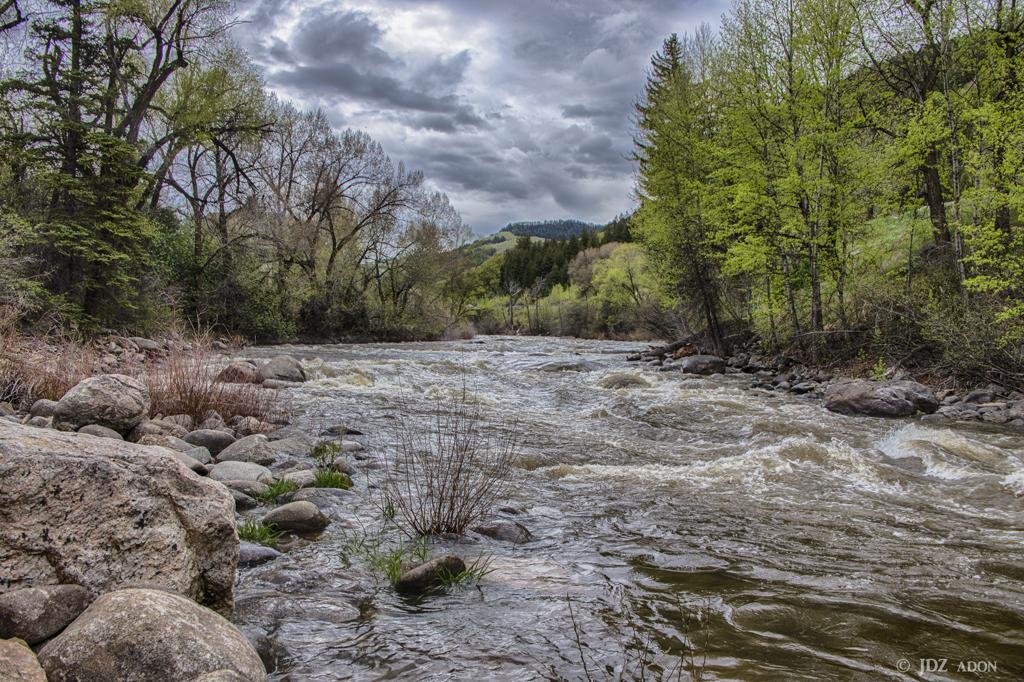
Photo Courtesty of Jeff Dzadon
Only 60 miles long and passing through Vail, Minturn, Avon, and Eagle, the Eagle River is a tributary of the Colorado River. As a smaller river, Eagle River boasts a more wild escape, as visitors can easily enjoy the best of Colorado’s Rockies along this river. It offers great fly fishing for those who want to venture deep into the Rockies for wild trout; the entire length of this free-flowing river is considered a Gold Medal area.
The Eagle river is open to visit all year long, with rafting in the mid summer and surrounding hiking and camping throughout the summer. Kayaking is another major attraction, although it is highly recommended that you survey the waters before attempting to kayak down stream. Kayakers should also be knowledgeable about this river and understand which sections to avoid, as well as how to safely navigate the flow.
7. Clear Creek River
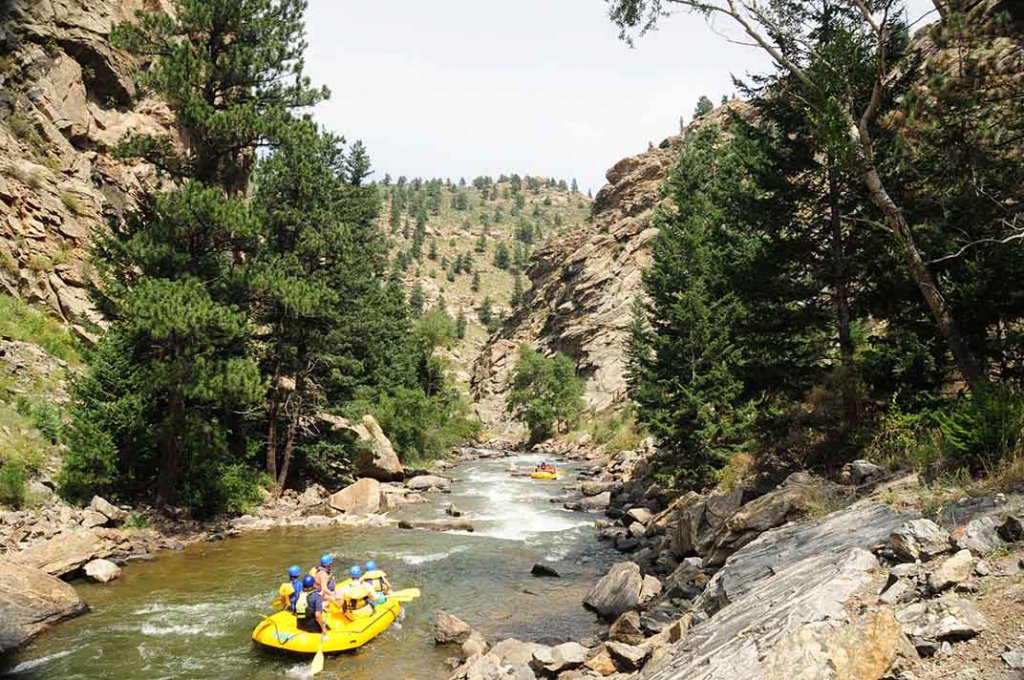
The Clear Creek flows 66 miles through Golden, the Front Range, and near Denver, Colorado until it meets the Platte River. Located in a former mining valley, this river is known for having some of the most intense mining during the Colorado Gold Rush in 1859.
Its close proximity to Denver and the fact that it runs through the popular mountain destination, Idaho Springs, makes it a hot spot for tourists and Denver locals, attracting adrenaline junkies and families for its divers white water rafting opportunities. With class II through V rafting sections, this is an easy way to get an adrenaline fix or a nice float without driving too far from the Front Range. You’ll also find amazing views of Clear Creek from above by joining a cliffside zipline trip or mountaintop Via Ferrata course.
8. Dolores River
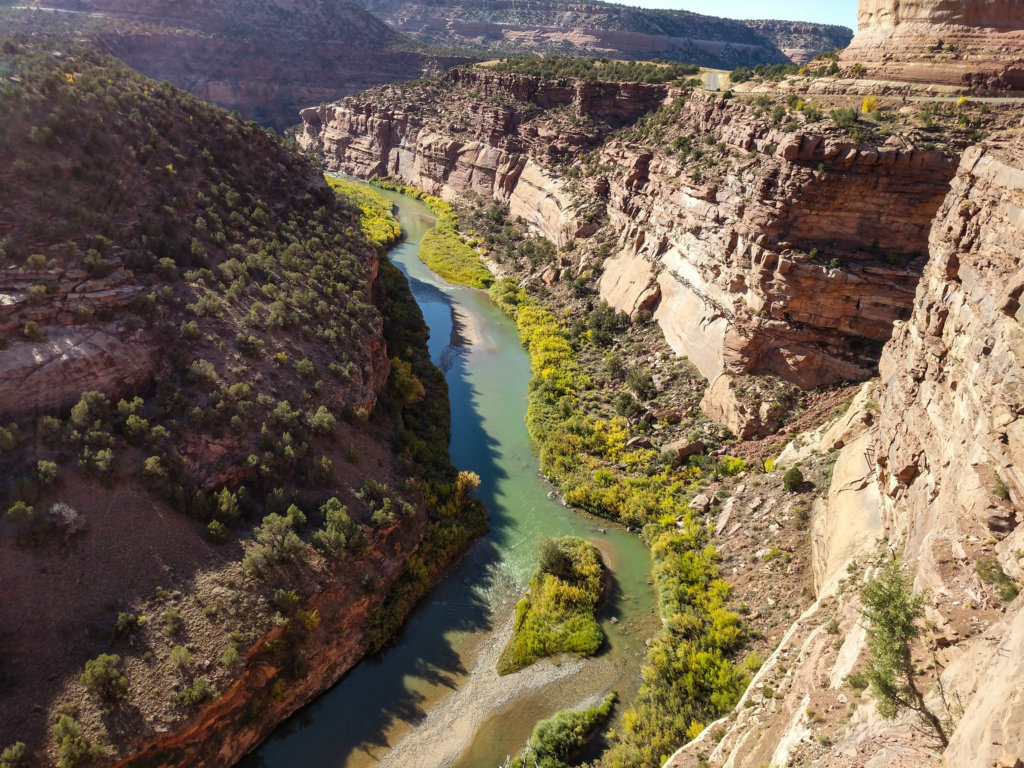
Photo Courtesy of “BeerAndLoathing”
At a length of about 230 miles long, the Dolores River begins in the San Juan Mountains, running through both Colorado and Utah. Surrounded by deserts, forests, and canyons the Dolores has an old western feel to it. Snowmelt is its main contributor so water levels are largely dependent on snowfall and warm temperatures, yet like many rivers, its water is mainly relegated to agriculture.
The best time to visit this river would be early summer if you want to take advantage of the high waters. The McPhee Reservoir helps regulate flows on the Delores, with water released from the reservoir helping increase water levels for recreation. You won’t be the only one chasing the high waters here as many white water rafting enthusiasts enjoy making this part of their summer fun. The ideal CFS for rafting is around 1,700 which is typical from mid-April to mid-June.
9. South Platte River
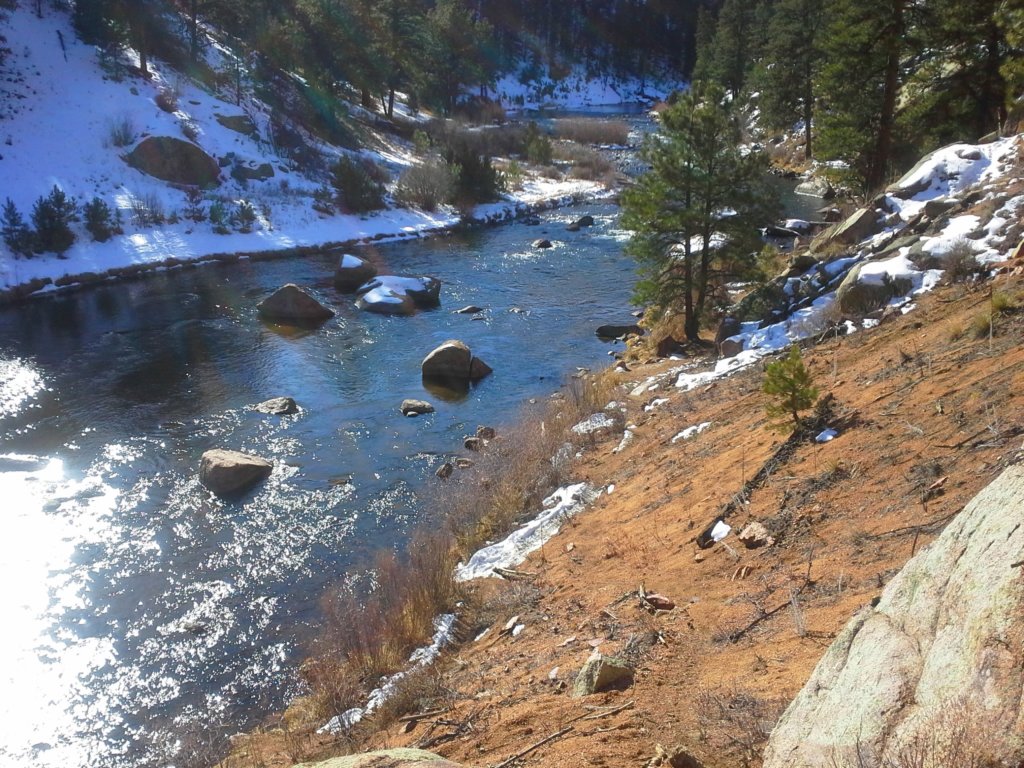
An integral component of the Midwest US, the South Platte River runs through Colorado and Nebraska. Water flows from the Continental Divide, and serves as a vital water source for the Denver area, as well as Colorado ecosystems. The South Platte renews its water through a a plant that processes this water, making it suitable for return to the river.
The river is surrounded by high grasslands, making it a great spot for fishing year-round. Even throughout the winter, South Platte is well-known for producing quality fish. Although not much rafting is done on this narrow river, you can still find plenty of reasons to visit this world-renowned gold medal waterway.
Recreational opportunities include kayaking, swimming, and several recreational paths run along the river, offering opportunities for biking, running, or walking. It also provides easy access from downtown Denver, with areas such as Confluence Park offering viewing access to the river.
10. Gunnison River
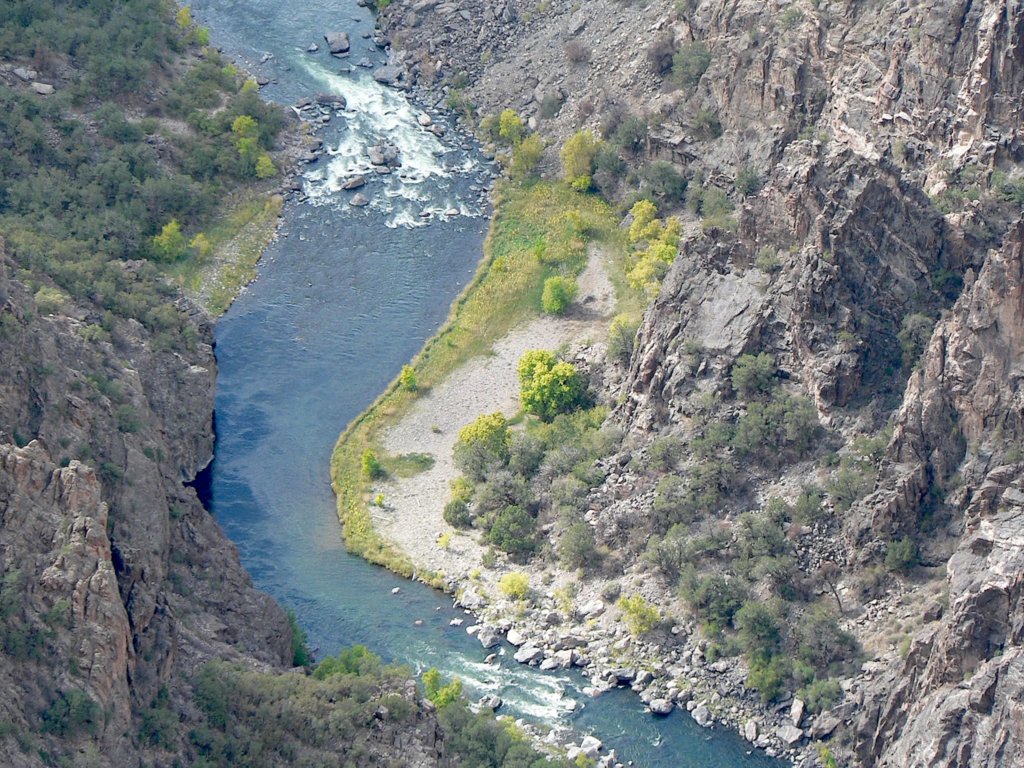
Photo Courtesy of DVS
With its source in the Black Canyon of the Gunnison National Park, the Gunnison River is one of major tributaries of the Colorado River, spanning 164 miles long. Along the river, several reservoirs both store the river’s water and create hydropower. Along Colorado’s second largest river, visitors can expect some of the largest, narrowest, and deepest gorges in the world, as well as trout fisheries, ranches, and plenty of wildlife, including mule deer, elk, and mountain lions.
Most of this river that is open for recreational use, versus for agriculture, can be pretty intense to navigate, and only experienced rafters should attempt to navigate these rapids. Gunnison River is Colorado’s second largest river with a lot more to offer aside from rafting. This is perhaps one of the most intense and awe-inspiring rivers in Colorado with deep canyons, beautiful rock formations and fast rapids.
With so many awe-inspiring, scenic, and exciting Colorado rivers, we can’t wait to get out and explore their rapids, as well as their banks. From river floats to class V rapids, these rivers offer rafting options for every adventurer. And if you’re not looking for a whitewater excursion, be sure to delve into the rivers’ fly-fishing, wildlife viewing, and other recreational opportunities!
